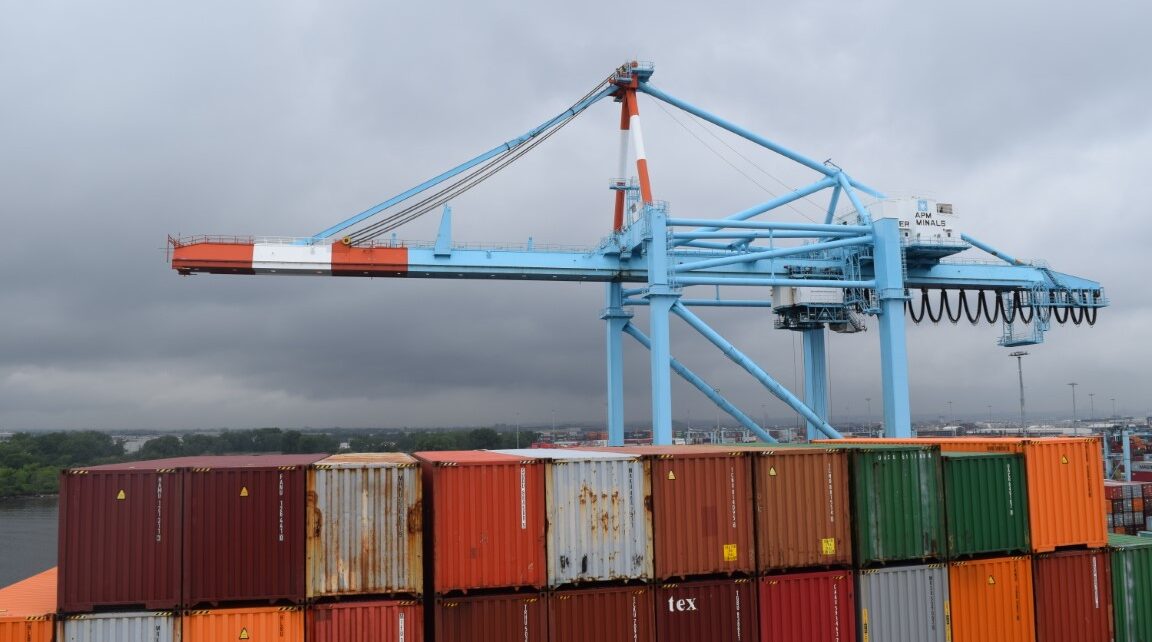A Guide to Customs Clearance Process for Maritime Imports. The customs clearance process is a pivotal aspect of importing goods by sea, ensuring that shipments meet the legal and regulatory requirements of the destination country. A successful customs clearance process is essential for timely delivery and minimizing potential complications. In this article, we will take you through the customs clearance process for maritime imports, helping you understand the key steps and considerations involved.
A Guide to Customs Clearance Process for Maritime Imports
1. Documentation Preparation
The customs clearance process begins well before the cargo arrives at the port. Comprehensive and accurate documentation is crucial. Common documents include:
– Bill of Lading (BOL): A contract of carriage between the shipper and carrier.
– Commercial Invoice: An itemized list of the goods with their values.
– Packing List: Specifies the contents of each package.
– Customs Declaration: Provides information about the goods, their value, and origin.
– Import License or Permit: If required for specific goods or countries.
– Certificates of Origin: To confirm the source of goods for preferential trade agreements.
Ensuring these documents are complete and correct is essential for a smooth customs clearance process.
2. Arrival of Goods at the Port
When your cargo arrives at the destination port, it undergoes an unloading process. The customs authorities will inspect the cargo to ensure it matches the documentation provided.
3. Customs Declaration and Valuation
Customs authorities will review the customs declaration, examining the accuracy of the declared value and classification of the goods. They will assess duties, taxes, and any applicable fees based on this information.
4. Duty and Tax Calculation
Duties and taxes are usually calculated based on the Harmonized System (HS) code assigned to your goods. It’s essential to understand the applicable rates and exemptions for your specific products and destination country.
5. Payment of Duties and Taxes
Once customs authorities determine the payable amount, you must clear the outstanding duties and taxes. Payment methods vary by country and may include bank transfers, credit card payments, or cash.
6. Customs Examination
In some cases, customs authorities may choose to physically examine the cargo to verify its contents. This step is usually random or triggered by suspicions of non-compliance.
7. Customs Clearance Documentation Submission
After payment and verification, you will submit the required customs clearance documentation to the customs authorities for final approval.
8. Customs Clearance Approval
Once all documentation is in order, customs authorities will grant clearance. You will receive a customs release order or similar document confirming that your goods are cleared for delivery.
9. Transportation to Final Destination
With customs clearance obtained, you can arrange for the transportation of your goods to their final destination. This may involve hiring local carriers, freight forwarders, or using your own logistics network.
10. Post-Clearance Compliance
Importers should maintain records of all customs clearance documentation for a specified period, as customs authorities may request this information for audits or investigations.
Conclusion
Navigating the customs clearance process for maritime imports can be complex, but with thorough preparation and adherence to regulations, it becomes a manageable endeavor. Ensuring your documentation is complete and accurate, understanding duty and tax obligations, and complying with customs regulations are all essential steps to successful customs clearance.
Importers often partner with experienced customs brokers and freight forwarders who have in-depth knowledge of local regulations and can facilitate the process. By following these steps and seeking professional assistance when needed, you can streamline the customs clearance process and ensure the timely and compliant arrival of your maritime imports.



